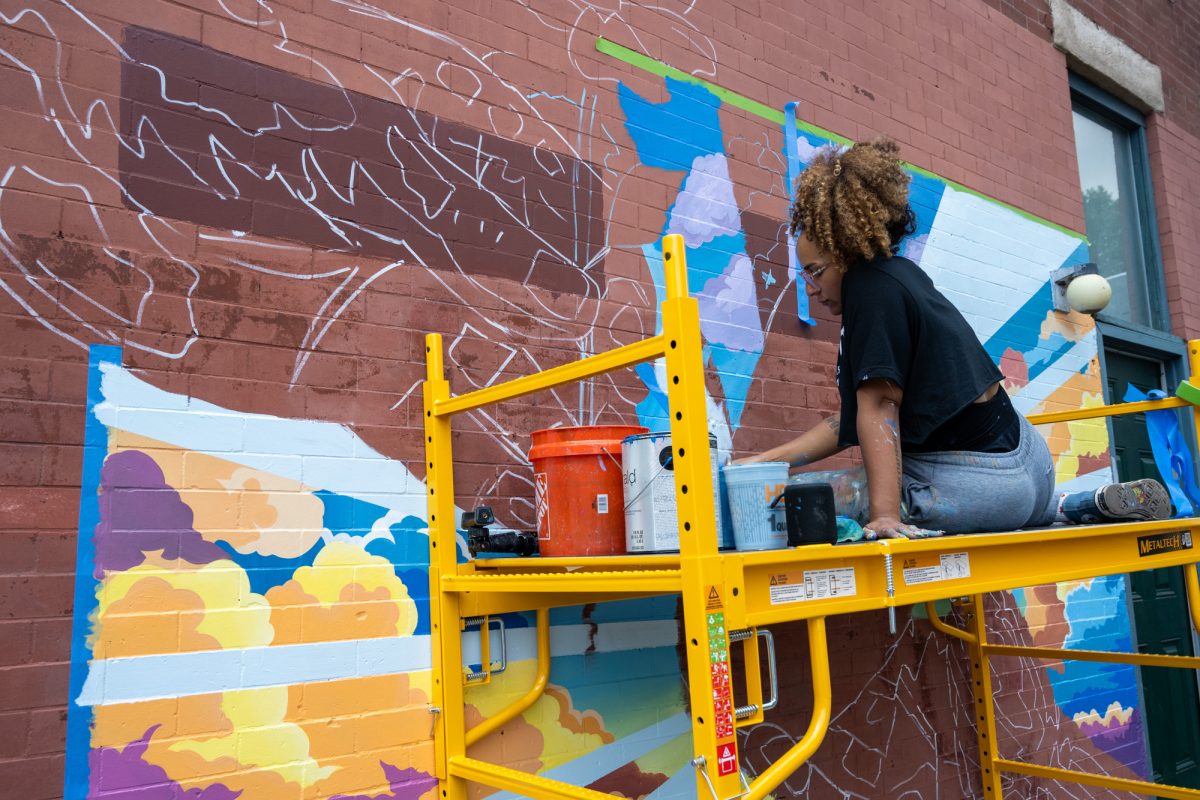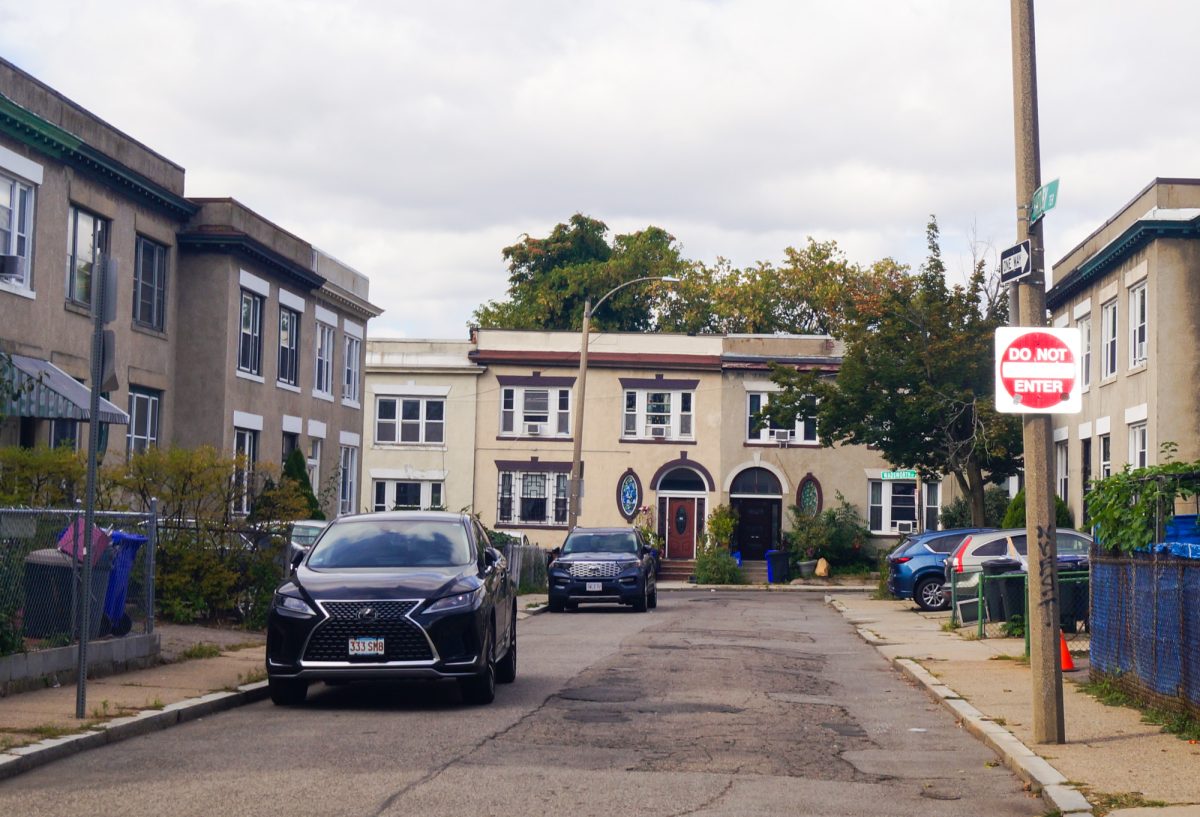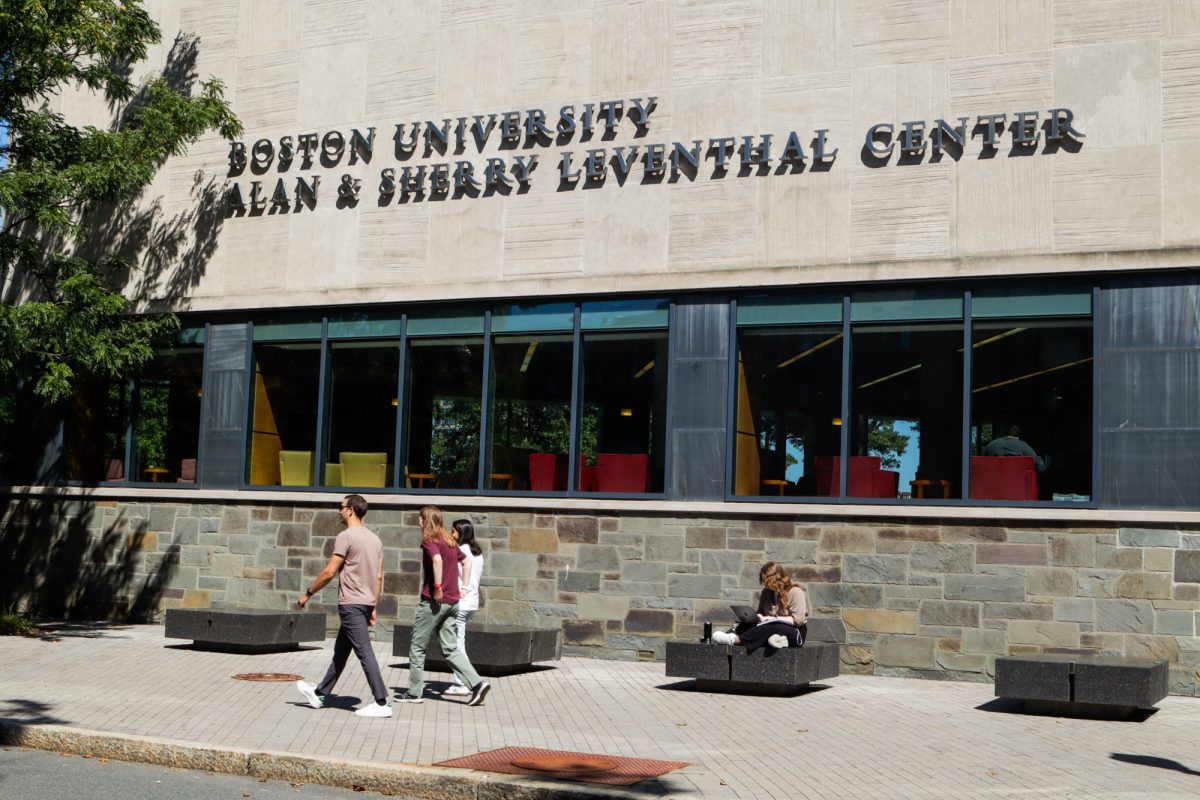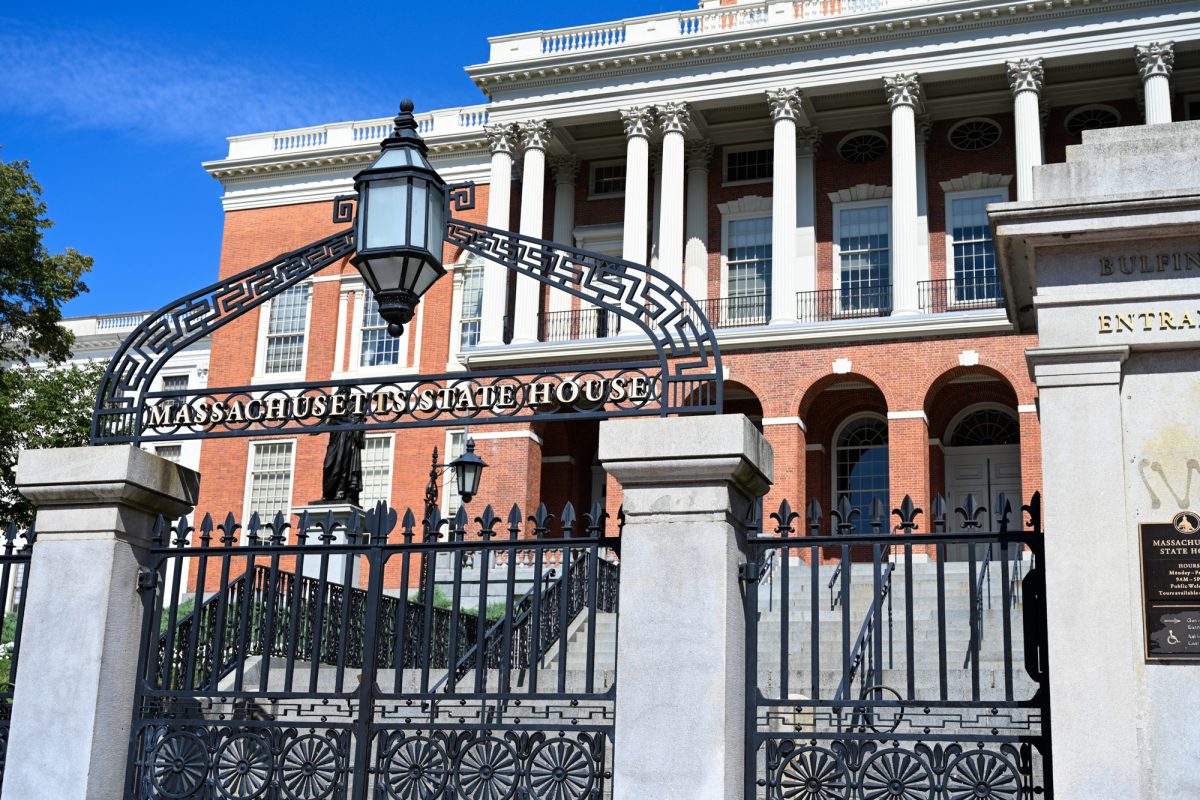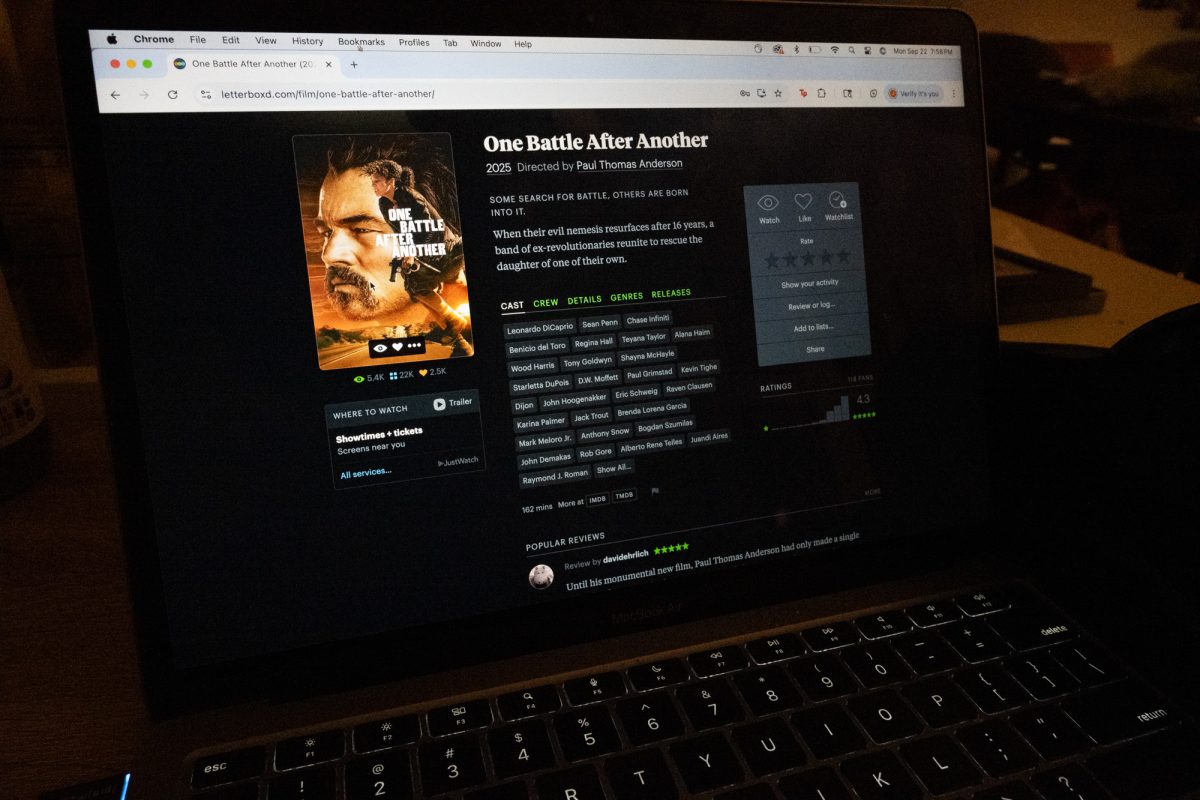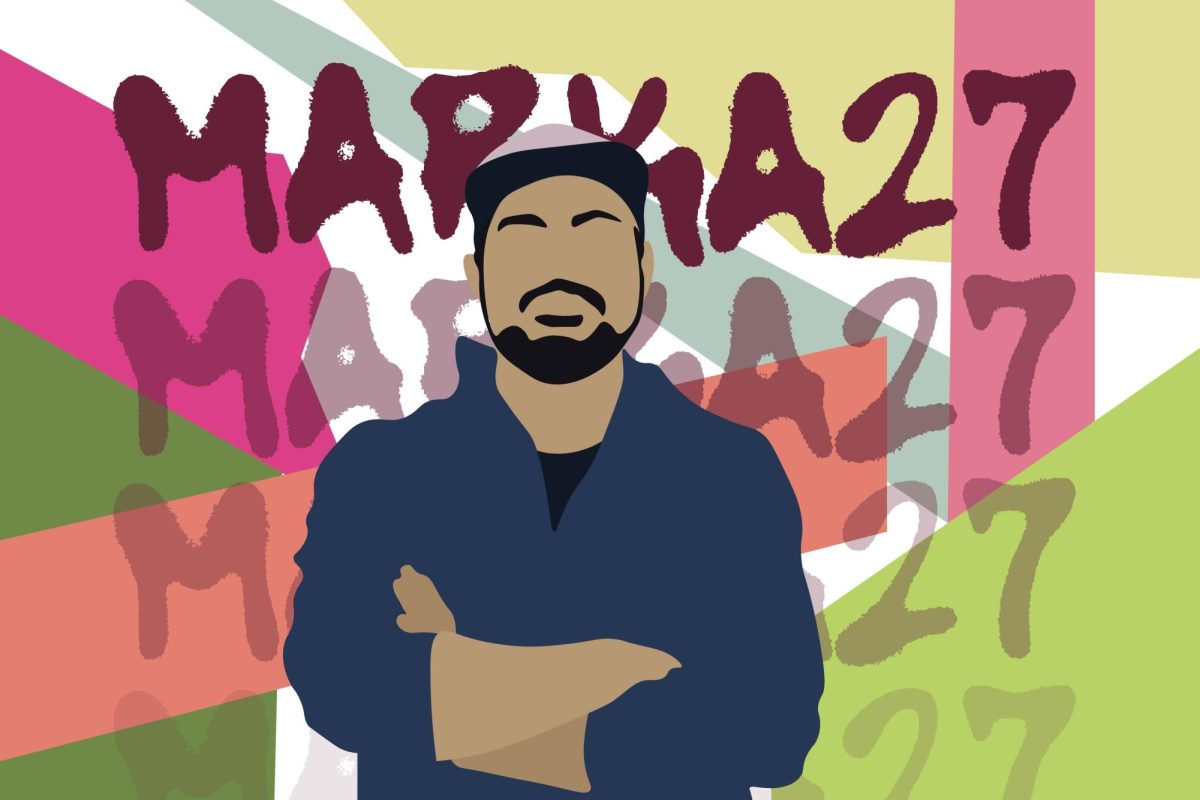When viewing a list of some of the successful horror movies within the past decade — “Get Out” and “Midsommar” standing out due to their deserved cultural imprint — it’s easy to observe that the traditional definition of a horror movie has changed dramatically. Blood, creepy music and spooky costumes are no longer the only staples for something to be considered scary.
The genre has shifted towards the Hitchcockian style, with psychological thrillers reigning supreme. The desensitization — mostly through social media — of graphic content has greatly lessened the shock value of seeing something gruesome on a screen. Modern audiences prefer their brain to be messed with, rather than their eyes.
Most days, I would fall into this audience type. But when a holiday comes around, whether it be Christmas or Halloween, I crave a niche genre film that is best watched during those surrounding weeks of fall or winter. Christmas movies are of great abundance, but Halloween movies are less so.
“Black Sunday” is a legendary and global seasonal Halloween favorite for those who know about it. The film is an example of a horror film that doesn’t fit the modern “watch at any time on-demand mold,” but instead creates a fully engulfing world that sucks the viewer in while adding to the seasonal cultural cravings.

The opening scene of this film is also probably its most iconic. The scene — which can and should be watched on repeat before getting on with the rest of the film — is made possible by an impeccable acting job from Barbara Steele, who had her career launched as an Italian gothic horror star from this performance.
Steele’s character Asa Vajda and her lover Igor Javutich are sentenced to death by Asa’s brother on accusations of witchcraft. This first scene not only sets the tone for the rest of the movie but acts as the background knowledge for the curses and murders that lay ahead.
The symbols and imagery that are so apparent in this film start immediately, with the signature design of the mask with spikes inside making an early appearance. Despite the desensitization of graphic images, this opening scene is bound to give some modern viewers shivers with the placing and smashing of a mask with spikes onto Asa’s face, killing her — a very gruesome shot.
Exactly two centuries after this killing, we are introduced to the descendants of the Vajda family: Katia — also played by Steele and a spitting image of Asa — and her brother and father.
We also meet Dr. Kruvajan and Dr. Gorobec as they are traveling through Moldavia. On the way there, their carriage breaks and they stumble upon a discarded crypt. In Kruvajan’s attempts at killing a bat in the chamber, he accidentally breaks glass that not only reveals Asa’s corpse and the bronze mask, but also causes him to bleed onto Asa.
This blood revives Asa, and she is able to come in contact with Javutich, who similarly rises from the dead. From here, the second act begins, and the bloodthirsty quest for revenge begins.
With this rising of the dead, one would think that this would, by default, be a zombie movie. But the antagonists are witches and vampires. This mix of spooky characters creates a whole new archetype of villain, one that captivates the audience through stellar acting, makeup and costume.
Similar to the antagonists, the world this film takes place in cannot be defined in one word. While supernatural, this movie remains incredibly grounded in maintaining realism throughout. The dark atmospheric visuals that Bava creates combined with the ominous score tell the viewer they are experiencing a story within the liminal space between fantasy and reality.
“Black Sunday” was released in the same year as Hitchcock’s horror classic “Psycho,” but these two films could not have been more different in the interpretation of the horror genre. While Hitchcock’s psychological work has been used as inspiration for countless projects, Bava’s standout and unique perfection of the gothic horror subgenre is equally impressive, yet it cannot be replicated.
There is only one “Black Sunday,” and there’s perhaps no better seasonal classic to watch leading up to this Halloween Sunday. The film is available to watch for free on Kanopy using your BU Kerberos account.




